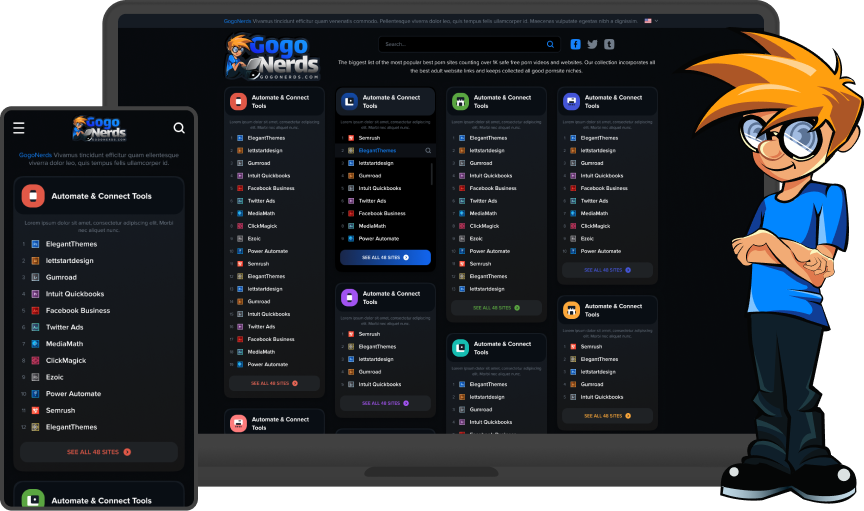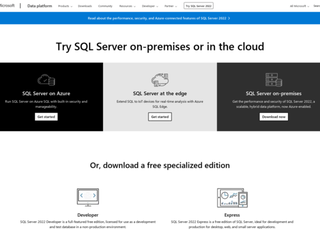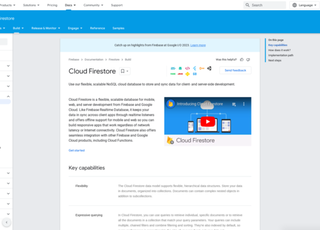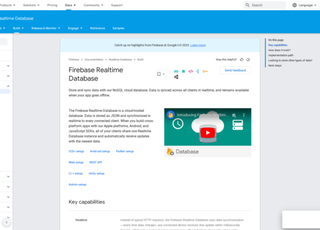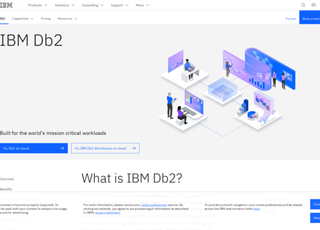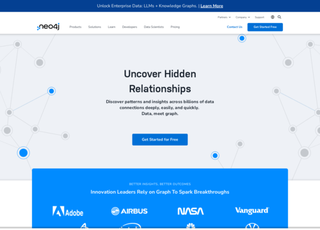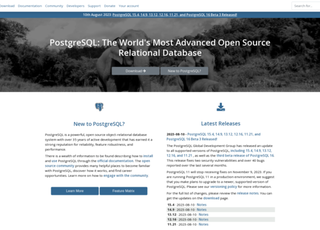DynamoDB
https://aws.amazon.com/dynamodb/DynamoDB
DynamoDB is a fully managed NoSQL database service provided by Amazon Web Services (AWS). It's designed for fast and predictable performance and offers seamless scalability.
Here's a detailed explanation of its key features and functionalities:
NoSQL Database
Unlike traditional relational databases, DynamoDB stores data in a non-relational format. This means it can handle a wide variety of data structures such as key-value pairs and documents. This flexibility makes it suitable for applications that require rapid access to varied data types, like real-time analytics, mobile apps, gaming, and IoT.
Fully Managed Service
Being fully managed, DynamoDB eliminates the need for manual tasks like hardware provisioning, setup, configuration, scaling, or replication. AWS handles all the underlying infrastructure, allowing developers to focus on application development.
Scalability
One of the standout features of DynamoDB is its ability to scale up or down automatically according to the application's requirements. This ensures efficient handling of varying workloads without the need for manual intervention.
Performance and Efficiency
DynamoDB is known for its high performance. It offers single-digit millisecond response times, which is crucial for applications requiring fast access to data. This efficiency is due to its in-memory caching, which reduces the time to retrieve data.
Durability and Availability
DynamoDB provides high durability and availability. Data is stored across multiple AWS Availability Zones, ensuring reliability and data safety. This redundancy means that even in the event of a complete data center failure, the data remains secure and accessible.
Security
The service offers robust security features including encryption at rest, which means that all data stored in the database is encrypted, enhancing data security. Access control is also flexible and robust, using AWS Identity and Access Management (IAM) to manage access to the DynamoDB resources.
Integrated with AWS Ecosystem
DynamoDB integrates well with other AWS services like AWS Lambda, Amazon Redshift, and Amazon Elastic MapReduce, allowing for a wide range of application architectures and use cases.
Global Tables and Streams
DynamoDB supports global tables, which are fully replicated across multiple AWS regions. This is useful for building global applications that require low-latency access to data for users around the world. DynamoDB Streams capture changes to items stored in a database, allowing applications to react to these changes in real-time.
Pricing Model
DynamoDB's pricing model is based on throughput and storage. This can be more cost-effective for applications with specific performance requirements, as you pay only for the resources you use.
API and SDK Support
It provides API support for various programming languages, making it easier for developers to interact with the service using their preferred language.
Here are some additional aspects of DynamoDB that contribute to its popularity and effectiveness:
Query and Scan Operations
DynamoDB supports two primary data retrieval methods: query and scan. Query operations are efficient and used when you know the specific item you are looking for. Scan operations, on the other hand, read through the entire table. While scan operations are less efficient than query operations, they are useful for applications that need to process or analyze large datasets.
Secondary Indexes
DynamoDB allows the creation of secondary indexes to provide more flexible querying. There are two types of secondary indexes: Global Secondary Indexes (GSI) and Local Secondary Indexes (LSI). GSIs enable querying data across the entire table, regardless of the primary key, while LSIs are restricted to a specific partition key but can query on an alternate sort key. These indexes are particularly useful for complex querying requirements.
Conditional Writes and Atomic Counters
DynamoDB supports conditional writes, which means that it only performs the write operation if certain conditions are met. This is useful for ensuring data integrity. Atomic counters are another feature where DynamoDB automatically increments or decrements a numeric attribute without the need for a separate read.
Consistency Models
It offers two consistency models: eventually consistent and strongly consistent reads. Eventually consistent reads are faster and consume less throughput capacity but might not reflect the most recent write operation. Strongly consistent reads return the most up-to-date data but come with higher latency and throughput costs.
Integration with AWS Data Lakes and Analytics
DynamoDB can seamlessly integrate with AWS data lakes and analytics services. This allows for complex data analysis and business intelligence operations on data stored in DynamoDB.
Backup and Restore Capabilities
DynamoDB offers on-demand and continuous backups to help protect and archive data. The point-in-time recovery feature allows you to restore your table to any point in time within the last 35 days, which is a crucial feature for disaster recovery scenarios.
Streamlined Data Modeling
Despite being a NoSQL database, DynamoDB supports a form of structured data modeling. This allows for efficient organization and retrieval of data, especially for applications with complex data relationships.
Customizable Request Handling
Developers can tailor request handling in DynamoDB to optimize for performance or cost. This includes settings for read/write capacity modes (provisioned or on-demand) and fine-tuning of provisioned throughput settings.
Monitoring and Management Tools
DynamoDB integrates with Amazon CloudWatch for monitoring and AWS CloudTrail for auditing, providing detailed insights into database performance and usage patterns. This helps in proactive optimization and security monitoring.
Developer-Friendly
Finally, DynamoDB is designed to be developer-friendly, offering a simple and intuitive interface and a wide range of SDKs and toolkits. This makes it easier for developers to quickly start building applications without worrying about complex database management tasks.
DynamoDB stands out as a robust, scalable, and efficient NoSQL database solution, particularly for applications that demand high throughput and low latency. Its seamless integration with other AWS services and features tailored for modern application requirements make it a go-to choice for many developers working in cloud environments.

